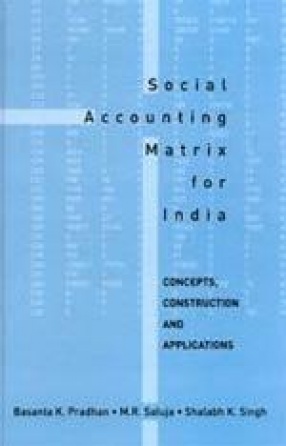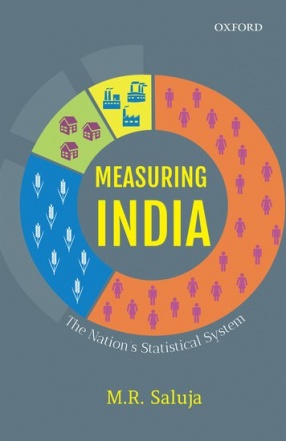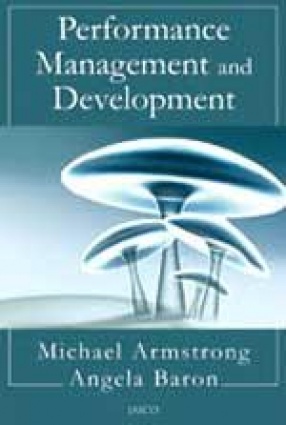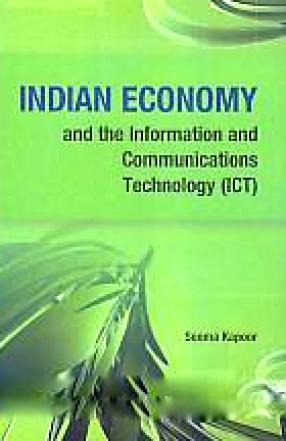This unique book presents a new Social Accounting Matrix (SAM) for the Indian economy for the year 1997-98. It provides detailed and consistent information on production for 60 sectors, and on income distribution for six categories of occupational households, separately for rural and urban areas. Using fresh figures from India’s Central Statistical Organisation, the authors also present a SAM for 2002-03. In addition, this book goes into details of the concepts, methodology and limitations of the construction of a SAM. The book is divided into three parts: Part I deals with the input-output model, which forms an important component of SAM. It discusses the basic analytical structure of the I-O matrix and reviews landmark applications of this model for various developing countries. The next part evaluates the analytical dimensions of SAM and associated SAM multipliers, and reviews important and innovative applications of the SAM model, again for a variety of economies. Part III discusses the problems encountered while constructing a SAM. It provides satellite accounts for the sector-wise distribution of employment by education levels, sex, and status for both rural and urban areas. The SAMs presented in this book are superior to past SAMs; they classify households by sources f income from different occupations and also provide grater disaggregation by production sectors. Lucidly written, this book will be invaluable to students and scholars of the Indian economy and development economics. It will also be of use to professional economists and researchers.
Social Accounting Matrix for India: Concepts, Construction and Applications
In stock
Free & Quick Delivery Worldwide
Bibliographic information
Title
Social Accounting Matrix for India: Concepts, Construction and Applications
Author
Edition
1st ed.
Publisher
ISBN
8178295261
Length
438p., Tables; Figures; Bibliography; 23cm.
Subjects






There are no reviews yet.